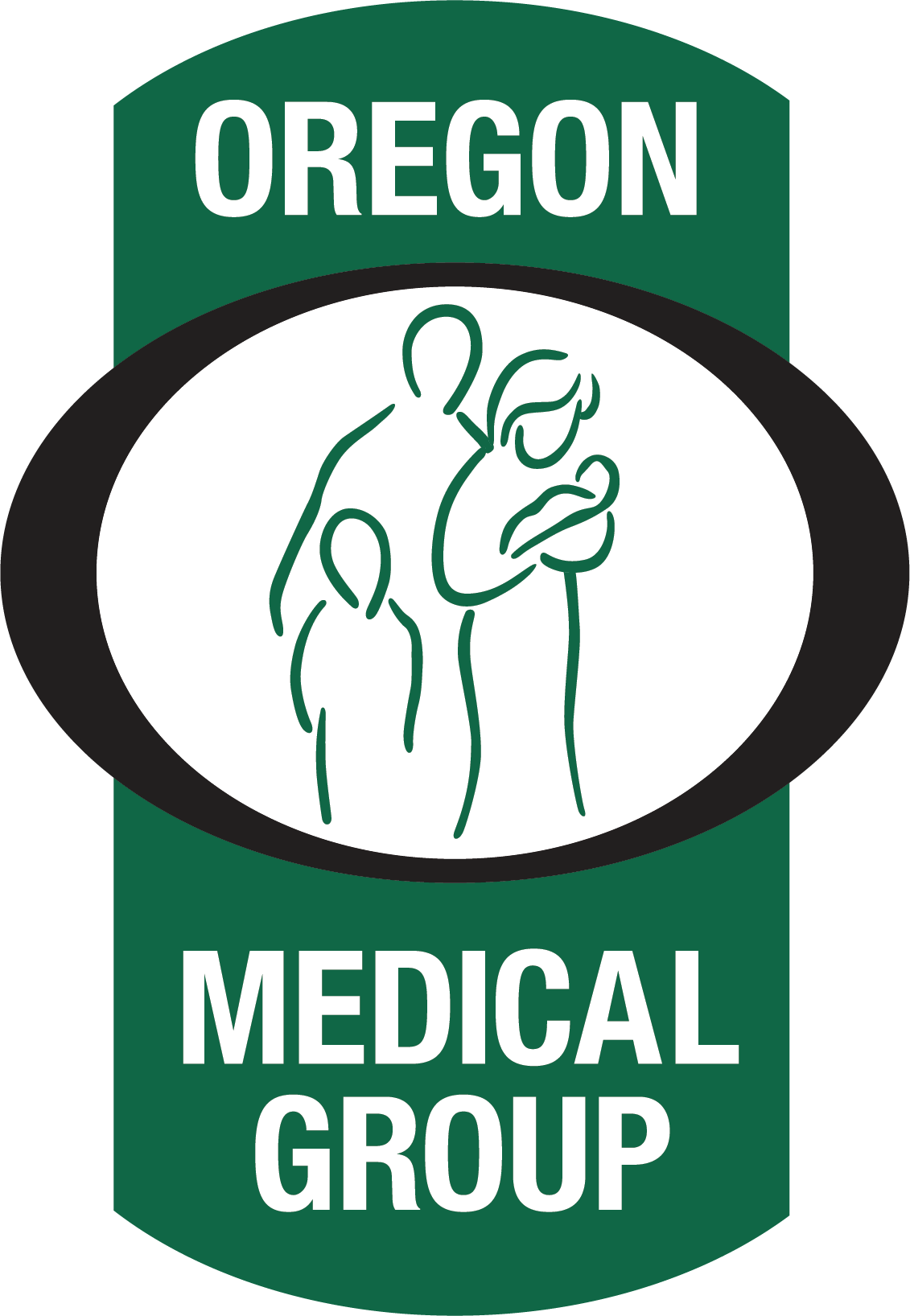People often seek a “DO” or Osteopath, or Osteopathic Physician, for concerns ranging from acute pain from vehicle accidents, to chronic pain such as headaches, neck or back pain, carpal tunnel syndrome, temporomandibular joint disease, pain from pregnancy, scoliosis, endometriosis, pelvic pain, fibromyalgia and more. Osteopathic Manipulative Medicine (OMM) can also help with medical issues including COPD/asthma, IBS, CHF, MS, scoliosis, sinusitis, bronchitis, infants with colic, newborns with difficulty breastfeeding, torticollis and more.
Osteopathic manipulation can be applied to every area of the body to help promote this self-healing process. It is a manual medicine that is similar to chiropractic in that the doctor can adjust the bones, and also similar to massage therapy in that the doctor can adjust the muscle. However, OMM can be used to treat muscle, bone, nerves, blood vessels, lymph, and internal organs. It can be safely performed on people of all ages, from newborns to elderly and can be done on people with broken bones, osteoporosis, and many other health conditions.
Osteopaths carry the designation of DO rather than MD. Both DOs and MDs go to medical school and then onto residency and can specialize in anything they choose. Both can prescribe medications and order tests. The biggest difference is that Osteopaths believe the body heals itself, and one of the ways DOs help is by using their hands and doing Osteopathic Manipulative Treatment (OMM).
When you see an osteopath, it’s a bit different than a ‘typical’ medical visit – it takes longer and there is typically more direct touch or contact with the physician. Typically, your doctor will ask about your health history, including a detailed account of your injury. The doctor will do a physical exam that checks your nerves, muscles and bones. Some of the exam will be standing, some sitting, and some lying on your back. Treatment styles vary between provider and patient need. The doctor will touch various parts, including your neck, back, tailbone, arms, legs, chest, and head (possible not every area every time). The doctor will likely not start where you complain of the most pain; don’t worry -- they will get there. Most people find the treatment very relaxing and helpful to reduce pain. Occasionally a person will feel more sore for a day or two (such as after a hard workout) but then better after that. Rarely, people will feel worse after a treatment.



